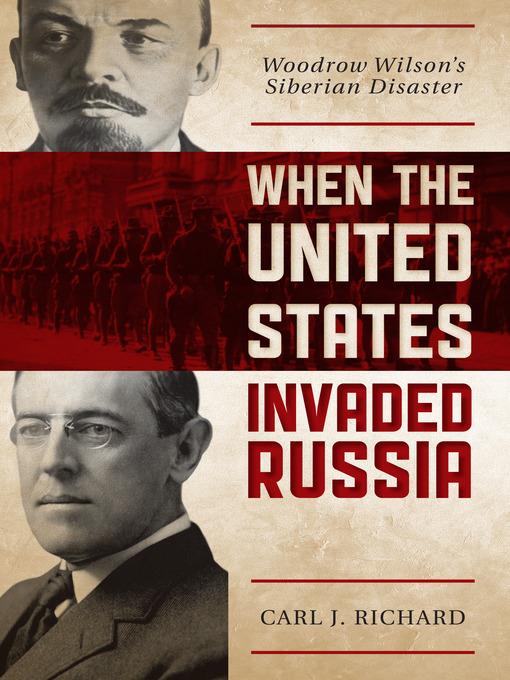
When the United States Invaded Russia
Woodrow Wilson's Siberian Disaster
کتاب های مرتبط
- اطلاعات
- نقد و بررسی
- دیدگاه کاربران
نقد و بررسی

November 12, 2012
As a means of understanding 20th-century Soviet-American and modern Russian-American relations, University of Louisiana history professor Richards (Why We’re All Romans) explores the United States’ invasion of Siberia in 1918, an event “as familiar as the story of George Washington and the cherry tree” is to Americans, but which few in the U.S. know anything about. In 1918, after the Bolshevik revolution, President Woodrow Wilson ordered 8,500 “American forces to Siberia to help the Czechs and Russian anti-Bolsheviks overthrow the Soviet Government as the first step in re-creating the Eastern Front against the Central Powers.” During their brief tenure in the harsh Siberian climate, American soldiers mainly guarded railroads and supplies while engaging in occasional skirmishes against government partisans and weathering stormy relations with the more organized and territorially minded Japanese forces. Faced with growing resentment from other Allied powers and the tumultuous Russian political climate, American troops finally withdrew in April 1920, leaving behind lasting resentments that would cast a pall on the Paris Peace Conference in 1919, the cold war, and American interventionism through Vietnam and the wars in Iraq and Afghanistan. For military historians and students of modern American foreign policy, Richard’s specialized study is illuminating. Map, photos.

























دیدگاه کاربران